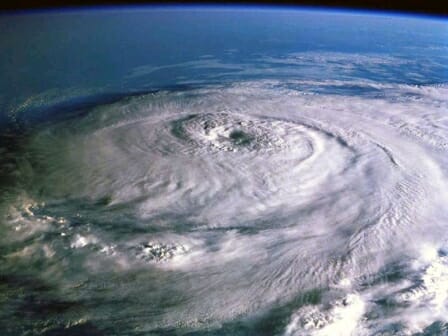
I was contacted by a reader recently who is on a campaign to raise awareness about disaster relief fraud. The US Government Accounting Office estimates that $1 billion in fraudulent claims were paid after Hurricane Katrina. In fact, the reader who wrote to me is still in a lawsuit involving victims of that disaster, of which she is one.
One of the real problems with disaster relief fraud is that it has two sides—and I’m not referring to right and wrong, instead, I’m talking about two kinds of wrong. On the one hand, we have people who are looking to bring in donations for their own purposes, on the other side are those intent on misusing government and personal donations.
There isn’t much that you or I can do about the latter group other than be a watchdog for groups like the National Center for Disaster Fraud (NCDF). The NCDF can be contacted by phone at (866) 720-5721, fax at (225) 334-4707 or email at disaster@leo.gov. If you are interested in reading about the case involving the reader who contacted me, you can find the court complaint here.
How about those scammers, though? In an ideal world, we’d all be able to spot the fakes, not give them money, have them put out of business and locked away. Since we don’t live in a perfect world, here are three tips for helping to spot the fakes.
- Beware of organizations with copycat names similar to but not exactly the same as those of reputable charities.
- Be cautious of emails that claim to show pictures of the disaster areas in attached files, because those files may contain viruses. Only open attachments from known senders.
- Legitimate charities do not normally solicit donations via money transfer services.
The above tips come directly from a November 2012 Department of Justice press release. To view the entire document, click here.

[…] Soliciting donations for fraudulent charities is a favorite tactic of scammers during the holidays. The Sheboygan Press reported on this scam after the local police department issued a warning to local residents. The bulk of charitable giving takes place between Oct. 1 and Dec. 31. Charities rely on this giving to support their efforts throughout the year. Learn more about fake charities in my featured scam tip here. […]